Buddha’s teaching tell us that the purpose of cultivating a strong mind is not solely about relieving stress temporarily.
Through deep Zen meditation, Buddha was able to free himself from all stresses of the mind
and attained Enlightenment empowering him to remain undisturbed under any situation.
From our point of view, we followed the life of Syakamuni, the origin of Buddhism.
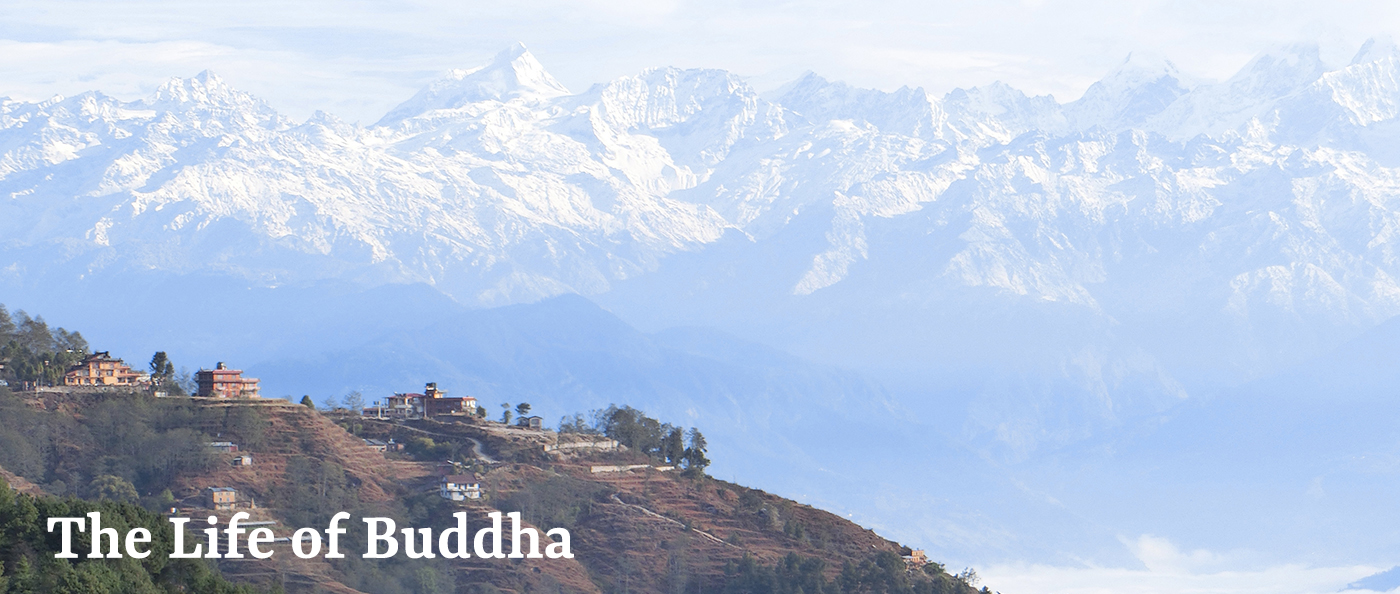
- 1. Buddha’s Homeland
- 2. The Birth of Buddha
- 3. Conflict
- 4. Becoming a Monk
- 5. Asceticism
- 6. Abandoning Ascetic Practices
- 7. Namuci, the Devil
- 8. Attaining Enlightenment
- 9. After Attaining Enlightenment
- 10. Sangha
- 11. Devotion of Royal Families
- 12. Persecution
- 13. The Fall of Sakya
- 14. Bequeath
- 15. The Death of Buddha
About 2,500 years ago there was a country called Sakya, located at the southern foot of the Himalayas in Nepal. It was a small country, which stretched approximately 80 kilometers from east to west and 60 kilometers from north to south. The Sakya clan, which was the name of the clan that Buddha belonged to, lived in this country and built a castle, Kapila Castle, in a place called Kapilavastu. They cultivated rice fields, utilizing water running down from the Himalayas.
However, when King Suddhodana ruled the country, sixteen kingdoms, including Magadha , Kosala , Vrji, Malla, and Kasi, started to struggle for supremacy to unify India. The Sakya clan was good at archery, but their life as a country was in an extremely precarious position.
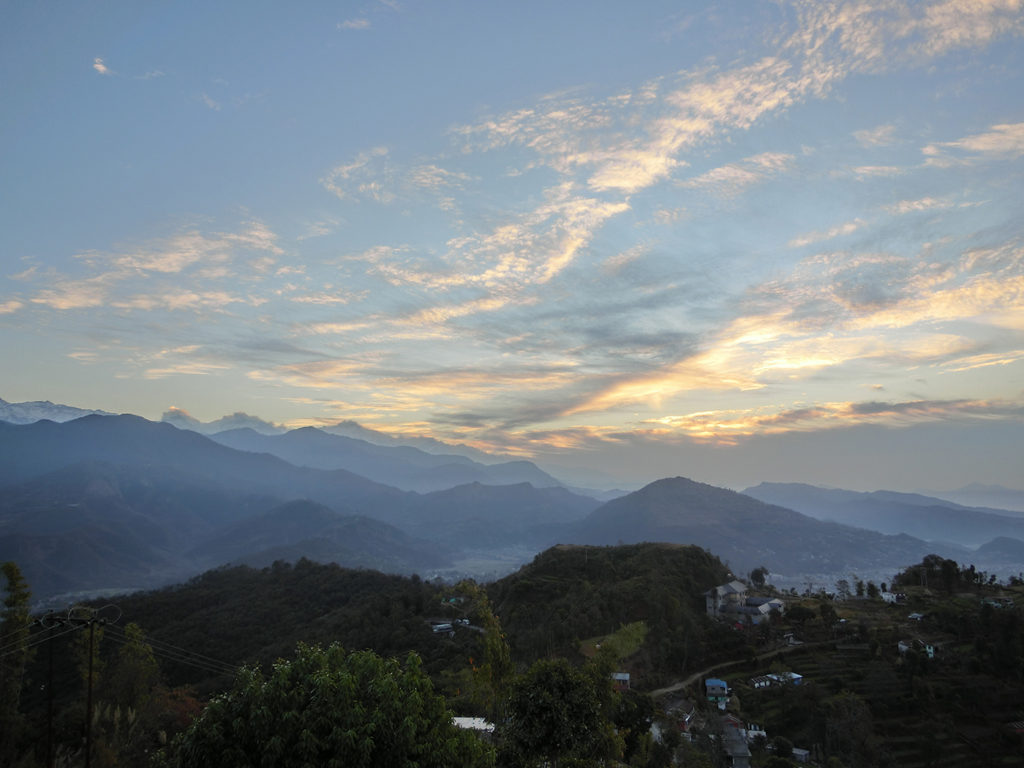
In addition, the people were suffering from poverty and caste discrimination, disease and fever caused by the heat, as well as flooding from the river. The poor peasants of Sakya worshipped the Himalayas that rose in the north as sacred mountains. They prayed for peace to overcome the sorrow and pain of living.

The wife of King Suddhodana, Maya, was born as the princess of Koliya, which was a neighboring country to Sakya. The king and queen hoped for a brave successor to be born at Kapila Castle, but they were not blessed with a child for many years. However, in a dream one night Maya saw a Bodhisattva riding on a white elephant with six shiny golden tusks descending from the sky and then entered the right side of her stomach. Soon after, she became pregnant.
The child’s birth was expected in April, so she decided to deliver her child in her homeland. As the valets were watching over her, she crossed the Rohini River at the border and took a rest in the woods of Lumbini. After bathing, she walked up and touched a follower on the ashoca tree and at the moment the baby was born. It was a boy, who was named Gautama Siddhartha.
However, Maya passed away on the seventh day after delivering her child. Siddhartha was brought up by his mother’s younger sister, Mahaprajapati. He received his aunt’s love. He was given three palaces from his father, the king, so that he could spend each season comfortably.
Siddhartha began practicing martial arts and studying the holy writings of the Vedas at the age of eight. It was essential for him to learn martial arts as he was the successor to the throne, but Siddhartha became more interested in the Vedas.
The Vedas were considered the Revelation of Brahma, the supreme deity of the universe. According to the Vedas, this life and all its systems are created by god’s will, and no form of life can evade the Rinne Tensho. It also teaches that when a human dies, the soul rises above and falls on the Earth again to impregnate something or someone. It emphasizes and preaches that one should not to complain but instead obey the ethics of each class in a hierarchy. Siddhartha belonged to the royal class whose ethics and mission were to protect their people.

However, Siddhartha was concerned about killing people. He did not understand why gods who created the Earth in the first place allowed the royals to kill their people. Moreover, he noticed the corruption amongst the officials who were behaving arrogantly and hypocritically within Kapila Castle.
His questions to the gods and conflicted thoughts toward his own fate developed inside him. He was seized with despair and thus he came to the conclusion that he could not trust other people’s perspectives. When he was fourteen years old, he saw the old, the sick, the dead and a monk outside of his castle. Later, he identified aging, sickness, and death as three inevitable aspects of life. His feelings moved toward becoming a monk in order to solve the mysteries of life.
Siddhartha confessed his feelings to King Suddhodana that he wanted to become a monk. The king fiercely spoke to his son about the ethics and missions of the royal family. By any means necessary, the king wanted his son to succeed the throne.
However, Siddhartha seemed to always be contemplating on something. King Suddhodana became anxious by seeing his son contemplating. He did not want Siddhartha to see anything ominous, so he threw all the dead and sick outside the castle. Instead, the king called beautiful women to gather around Siddhartha, making him experience all the pleasures he could offer to make his son turn away from the idea of becoming a monk. Siddhartha married a woman named Yasodhara, and soon she delivered a baby named Rahula.
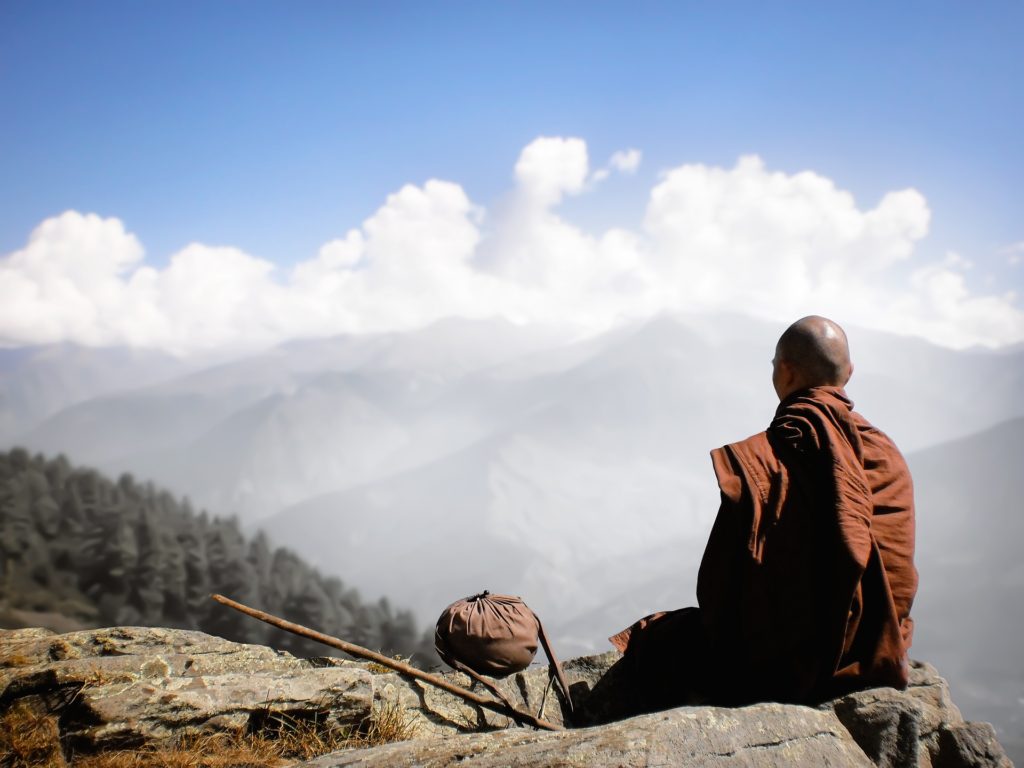
However, one midnight after a party was over, Siddhartha witnessed dancers sleeping untidily. He was despondent and his disappointment in life became unbearable. He made his decision to leave Kapila Castle and left Yasodhara and Rahula, who were sound asleep, without saying goodbye.
He heard of Rajagriha, Magadha, a place where many people sought and learned about the Truth. He galloped all night and crossed the border. Kapila Castle lost its heir, and it was wrapped in deep sorrow.

In Rajagriha, there were many people with various philosophies seeking the truth. There resided materialists as well as spiritualists. Siddhartha descended from a mountain where he dwelled, and he visited a village in Rajagriha to look for someone who could help him resolve his suffering. However, he was not satisfied with any of the philosophical theories he encountered.
At that time, two paths were considered as forming the way to Buddhahood: One was to practice concentration meditation, and the other was to practice asceticism. Concentration meditation placed oneself in a deep tranquil state and the aim of asceticism was to mortify one’s flesh to an extreme state.
Both of them required deep subconscious absorption to attain Enlightenment. Siddhartha believed that if he could reach that state, he would be able to solve his existing anguish and therefore asked for the guidance of a Brahman hermit and practiced Zenjo. He was able to relax for a while, but with the passage of time, he reverted to his original state and could not acquire the feeling of Enlightenment.
Thereupon, he decided to change his practice to asceticism with a group of five Brahmanic monks and they entered the woods in Uruvela, which was not too far from Rajagriha. He sought Enlightenment by only having a small quantities of beans and liquid, attempting to attain the realm of nothingness.
He sometimes lost consciousness from the sun’s torturous heat. He was unable to walk properly because of the muscular atrophy. Soon, the fear of death seized him.
Siddhartha maintained the ascetic practices for six years and lived like a living dead, but he could not attain Enlightenment. He thought,“If I died, I will never become spiritually awake spiritually.”Therefore, he decided to abandon the ascetic practices and purified himself by bathing in a river. However, he lost consciousness on its bank. A village girl found him and offered him milk porridge. Five monks who were his followers were very disappointed to see him receiving the porridge and left him for good.
He thought to himself,“There has never been even a single person who practiced asceticism like I have. Even with this severe painful austerity, I was not able to attain perfect Enlightenment which means there must be another way.”

The perfect Enlightenment is to awaken one’s eyes to foresee the truth. The only thing Siddhartha sought was the truth, so he did not care what others thought of him or how they evaluated him. After moving out of the woods, he saw a Bodhi tree and sat under it. He decided to resume his practice there by maintaining his mental and physical balance.

One full moon night, when Siddhartha was meditating under the Bodhi tree, the devil, Namuci, interfered. Namuci had been interfering Siddhartha’s mind tenaciously ever since Siddhartha had left the castle. Finally, Namuci sent three young women to Siddhartha. As the women wiggled their naked limbs, they tried to stimulate Siddhartha’s sexual desire; however, Siddhartha sank his consciousness deeper than his lust.
Namuci and the naked women were not apparitions; they were the embodiments of Siddhartha’s lust. Siddhartha was not a perfect man; he was suffering from his own desires and wavering about whether to go back to his life in the palace or not. However, he was able to annihilate all kinds of temptations through his Zen meditaion:
“Gain, praise, and honor, and wrongly obtained fame [is ninth];
[the tenth is when] one extols oneself and looks down at others.
[…] “This is your army, Namuci.”
Siddhartha still had a sense of greed for gain and fame somewhere in his mind, and the act of justifying himself distracted from his tranquility and that was caused by the evil one, Namuci itself. However, Siddhartha’s mind reached the entrance of Enlightenment, where even Namuci could not reach.
Siddhartha arrived at a mental state beyond Namuci’s reach and acquired tranquility. He sank further into his consciousness and gradually reached the realm beyond the senses where there was nothing, not even a sense of comfort. In such a state, he experienced a mysterious sensation. He observed from high above himself, as if watching a non-fiction movie, many people, including himself, being repeatedly reborn as a result of their Karma. He realized that the true nature of a human being was not the flesh but the soul.
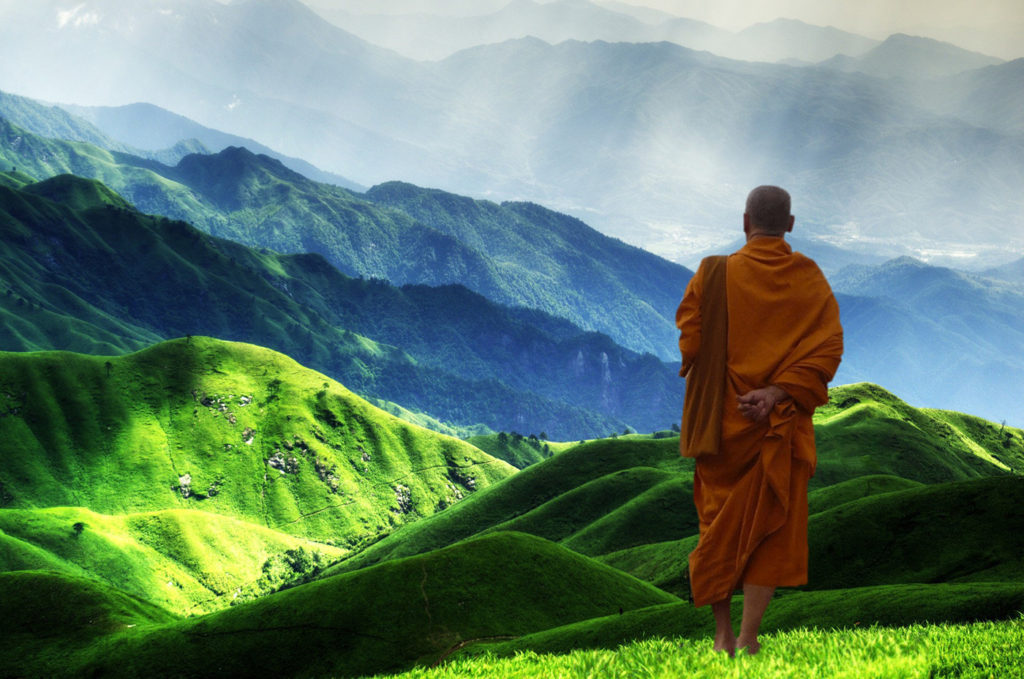
Moreover, he observed the human world with clear and open eyes and thoughts. He saw that society had adopted a caste system and that people were classified according to it. India was in a period of war, with people full of greed fighting for territorial expansion while merchants and workers were chasing after profits and fame as everything was growing at the time.
However, Siddhartha saw that those people who discriminated, invaded other lands for territorial expansion, or chased profits to win fame were all suffering. They suffered because they wanted to protect their supremacy over other people or other countries.
He realized that his own existential suffering stemmed from allowing himself to be manipulated by other people or things. His mind was manipulated by his own thoughts and emotions, which existed within him and did not come from external sources.
In a deep meditative concentration, Siddhartha perceived the Four Noble Truths and Twelve Causes, which remove any or all distress. These truths and causes reveal how one’s mind is linked to suffering through the relationship between cause-and-effect. Finally, as a result of these profound realizations, Siddhartha became the Buddha.
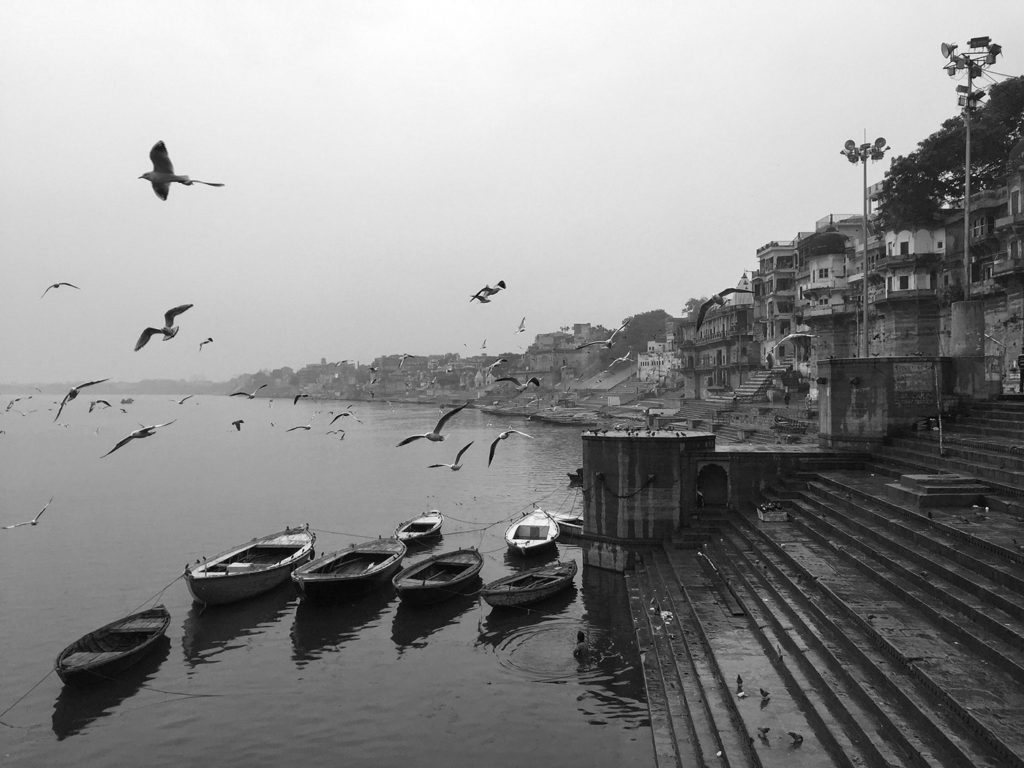
After attaining Enlightenment, Buddha must have shed tears thinking about all the prolonged agonies and austere asceticism that had led to this moment. However, the problem was what to do next.
According to the philosophy of Asrama, which was popular among the people in that era, ascetics taught about Enlightenment to people while travelling from country to country. Therefore, Buddha also thought to observe their customs, but it seemed to him that most of the people seemed avaricious. He thought that making them understand the meaning of Enlightenment was difficult, and it could eventually make them suffer.
However, at that moment, the gods Brahman Heavenly-King and Sakra descended from heaven and told him to expound the Dharma to all mankind. They insisted that some people would understand. Upon hearing them, two hermits came to his mind, but they were already dead. Then he realized that he could explain his ideas to the five fellow monks who had left him after his abandonment of the ascetic practices. He was able to see in his mind that they resided in a place called Migadaya in Kasi. Through the Enlightenment practice, Buddha had acquired the clairvoyant ability to see through peopl’s minds.
Buddha decided to travel around, and he first headed for Migadaya. There he met the five monks. They once left Siddhartha behind, but after listening to Buddha’s teachings, they regretted their past actions and pleaded him to make them his disciples.
The organization called the Sangha was created after the five monks became Buddha’s disciples. The Sangha admitted anyone who swore devotion to the three treasures: Hotoke, Ho and So. Hotoke (仏) meant Buddha, Ho (法) meant the Dharma that Buddha came to when he was enlightened, and So (僧) meant Sangha as a sacred group.

When the door to join the Sangha was opened to the public, including the royal families, the commoners, the lower class, and women, the number of followers rose to approximately 1300. Gradually, the religious precepts the rules of the Sangha, were established.
Learning to the teachings of Buddha called Mompo and Zen meditation was considered as the two core axes of Sangha practice to eradicate suffering. His disciples travelled to various places, sat in caves or under trees to practice Zen meditation while preaching Buddha’s doctrine to the people. Within the Sangha, Arhat, who naturally possessed spiritual powers and later became a high priest, was nurtured.
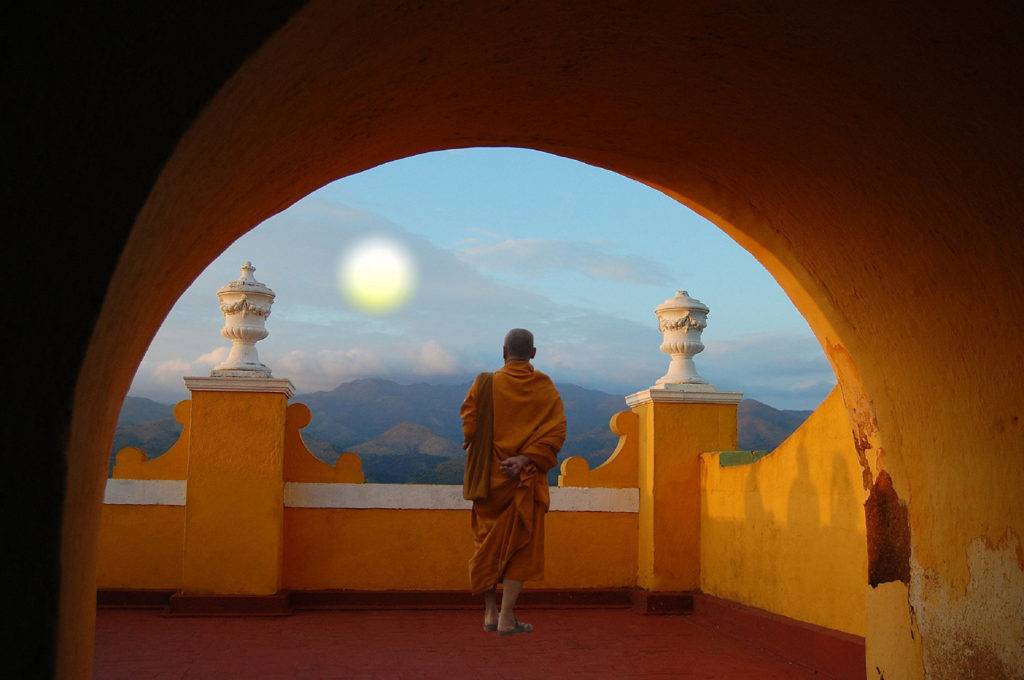
The Dharma, which Buddha thoroughly understood through Enlightenment and created, was extremely advanced, so he decided to conceal his teachings of Enlightenment. He read each person’s mind and taught according to what he saw there. When King Bimbisara of Magadha converted to Buddhism, other kings, such as King Prasenajit of Kosala and King Suddhodana of Sakya, followed.
Kings started to compete with each other to establish monasteries in their countries. They declared that people in their kingdom should listen to Buddha’s teachings. People from different hierarchical classes, from the royals to the slaves, and even from different religious groups, such as Brahmins, all started to follow Buddhism.
Kings and royal families, especially, took care not to incur the wrath of the gods for the nations’ sake. Kings used to invite the scholars who studied the holy writings of the Vedas or the priests of Brahmanism to their palaces to learn the righteousness in kingship and ethics. However, the bonds of Buddha, the Sangha, kings and the royal families, were strengthened after the emergence of the great Buddha.
Buddha was a man who had abandoned the throne. Therefore, it was not his intention to obtain political power, but he needed to edify the royal families in order to achieve world peace. Buddha preached to the kings about how futile it was to start a war and offered them the wisdom to protect their countries from being invaded.
Even though it was the gods Brahman Heavenly-King and Sakra had asked Buddha to expound the Dharma to all human kind, Buddha did not preach the teachings that were based on gods. Instead, he preached how to emancipate oneself from various sources of pain to all social classes: the royal families, common people, and those at the bottom of the hierarchy.
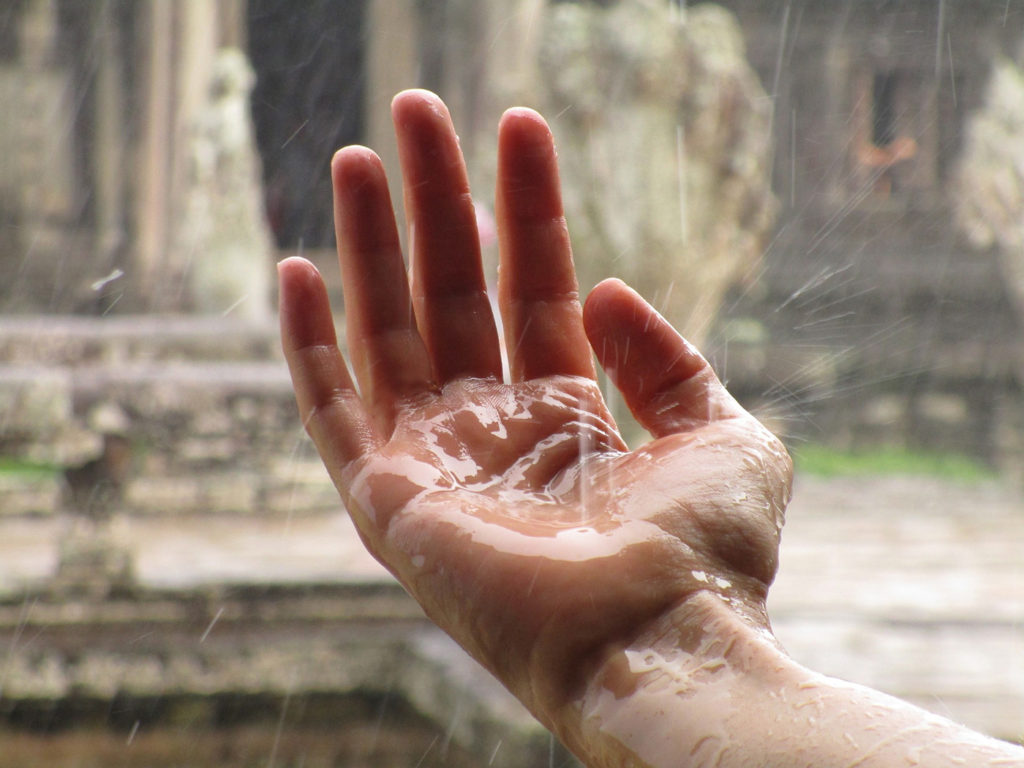
In order to eliminate suffering, Buddha emphasized the importance of self-effort and not the power of gods. As this teaching spread among the people, the fanatics of Brahmanism stood up to take action. They killed prostitutes and buried their corpses near the monastery or spread rumors that Buddha had gotten a woman pregnant. They tried everything they could to persecute and destroy the reputation of Buddha and the Sangha.
In addition, deception occurred within the Sangha. Devadatta, who was Buddha’s cousin, rebelled against Buddha and divided the Sangha. He asked Prince Ajatashatru of Magadha to join him and held the prince’s father, King Bimbisara, in a sevenfold prison where he remained until he died.
Devadatta tried to kill Buddha many times. He tried to impersonate Buddha and dominate the Sangha so that he could receive protection from the new king, Ajatashatru. However, all of his conspiracies failed. Buddha’s mental state was as solid as a rock, as a result of his Zen meditation. Buddha predicted that Devadatta would fall from power at his own hand.

Sakya collapsed after an armed invasion by King Virudhaka of Kosala. Kosala was an adjacent country to Sakya, but there was a reason for this attack.
King Prasenajit of Kosala once asked King Mahanama of Sakya if he could have King Mahanama’s daughter as his wife. King Mahanama was afraid of contaminating his bloodline, so he hesitated. Instead of sending his daughter, he sent a daughter of an enslaved woman, who he had gotten her pregnant when he was a Cabinet Minister. He arranged for the slave woman to impersonate the princess.
She became the Queen of Kosala, the wife of King Prasenajit. Soon they had a baby boy, Prince Virudhaka. When the Prince was sixteen years old, he went to study in Sakya. A terrible incident occurred there. The prince did not realize that the place where he was resting was a new teaching-hall being built for Buddha. He was scolded intensely by an official of Kapilavastu, who saw him lying there. The official disdainfully reprimanded him by divulging that he was born of a low-class slave woman.
It was new to Prince Virudhaka’s ears, and he was astounded. He was devastated and returned to his country. He confessed everything to his father, King Prasenajit. The king threw the queen in jail. Several years later, the prince raised a rebellion, dethroned his father and became the new king. He decided to attack Kapila Castle in Sakya. Buddha had convinced him to abstain from attacking the country several times, but the prince’s rage was greater than he had expected. He could not stop him from attacking Kapila Castle, and the Sakya clan was annihilated.
After Buddha expounded the Lotus Sutra in Rajagriha in Magadha, he set off for his last journey with a disciple named Ananda. He boarded a raft in a village called Pataligama to cross the Ganges. People gathered at Kotigama village in Vrji to listen to Buddha’s teachings. After it was over, Buddha told Ananda his will:
“Whosoever shall live as an island unto oneself, as a refuge unto oneself and seek no external refuge, with Dharma as one’s island, seek not for external refuge.”
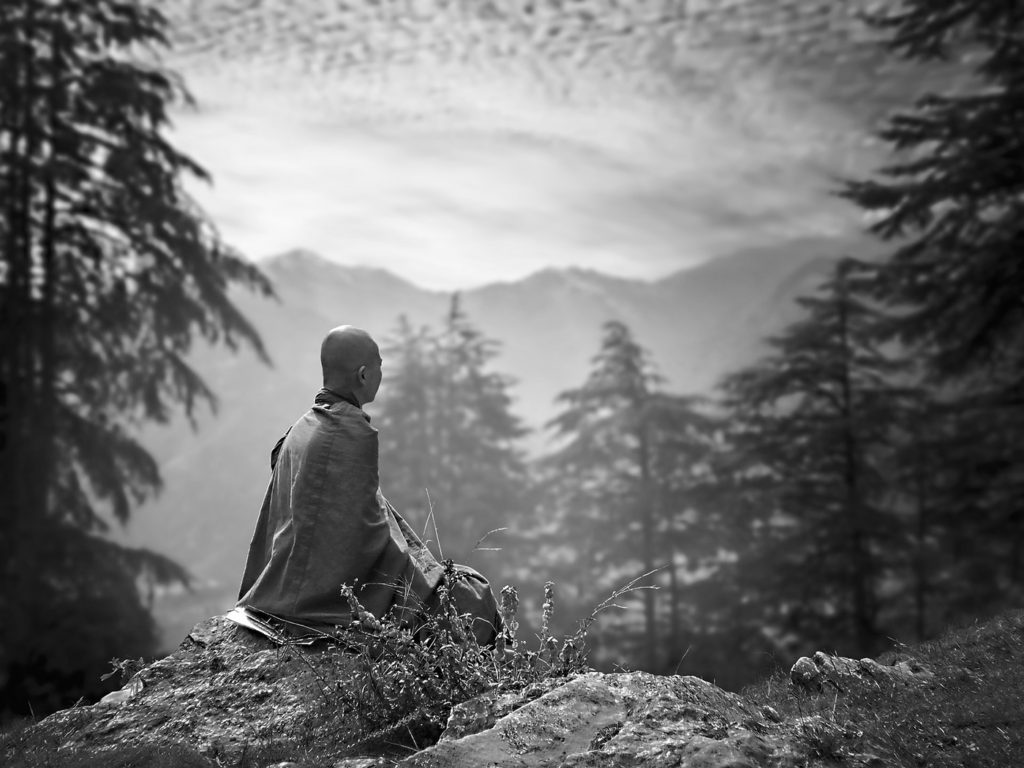
“Whosoever shall live as an island unto oneself” refers to the fact that one should not allow the island (oneself) to be swollen by surging waves (negative feelings). Therefore, the Dharma is necessary to make oneself strong. Others are others. Humans are easily deluded if they rely on others.
At the monastery of Vaishali in Vrji, Buddha foretold that his death would approach in three months but continued his work as a missionary. However, right after Buddha had a meal at the Cunda’s house while he visited his mango grove in the Pava village of Malla, a severe pain ran through his stomach. Concerned that the Cunda might be blamed by the Sangha, he pretended as if nothing had happened and set out on the journey. However, the pain grew worse, so he decided to lay down in the grove of Sal trees in Kushinagar.

When Buddha became aware of his impending death, the Sal flowers, despite being out of season, bloomed and fell onto his body. Ananda saw this scene and said, “World-Honored One, these flower’s petals are falling in homage to you.”
He replied, “I am not happy even though these purple gold petals fall upon me. However, seeing my teachings have been deeply ingrained in your mind would be the greatest offering to me.”
After Buddha passed away, Buddhists wanted to honor his death by conducting a ceremony with decorations of flowers, burning incense, and chanting sutra to a stupa and a statue of Buddha. However, the only thing Buddha wished to see was for his disciples to acquire his teachings as if they were part of their body. He acquired Enlightenment by risking his life. Then, Buddha exhorted his last words:
“Now, monks, I declare to you: all conditioned things are of a nature to decay—strive on untiringly.”
The people in Kushinagar Castle heard that Buddha was near his end, and they all hastily came to see him. After Buddha passed away, his remains were cremated, and his ashes were divided into eight portions and enshrined in eight stupas in different regions. Thus, Buddha closed his tempestuous life of eighty years.
